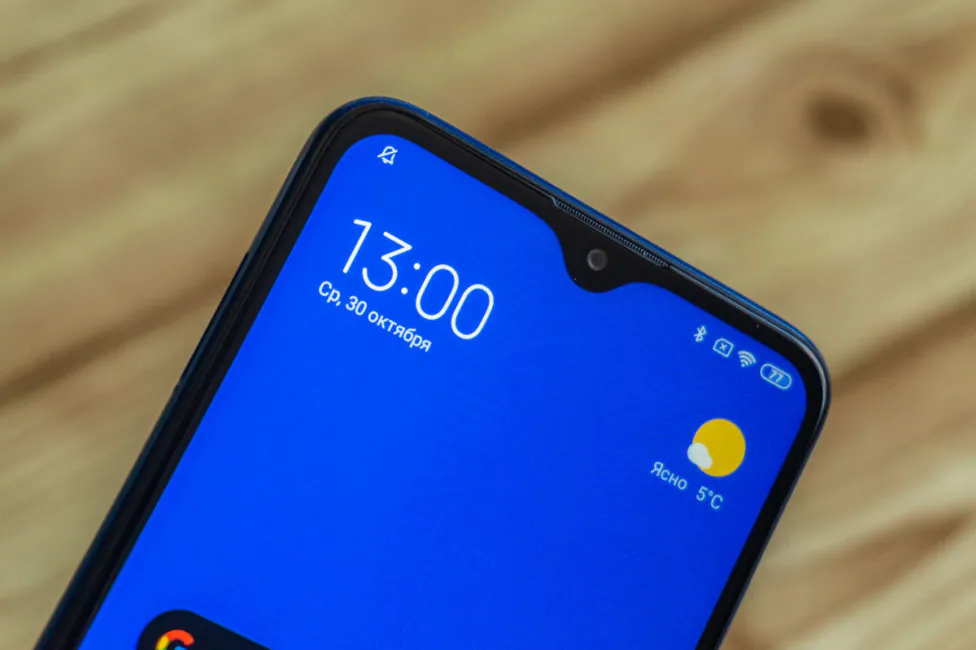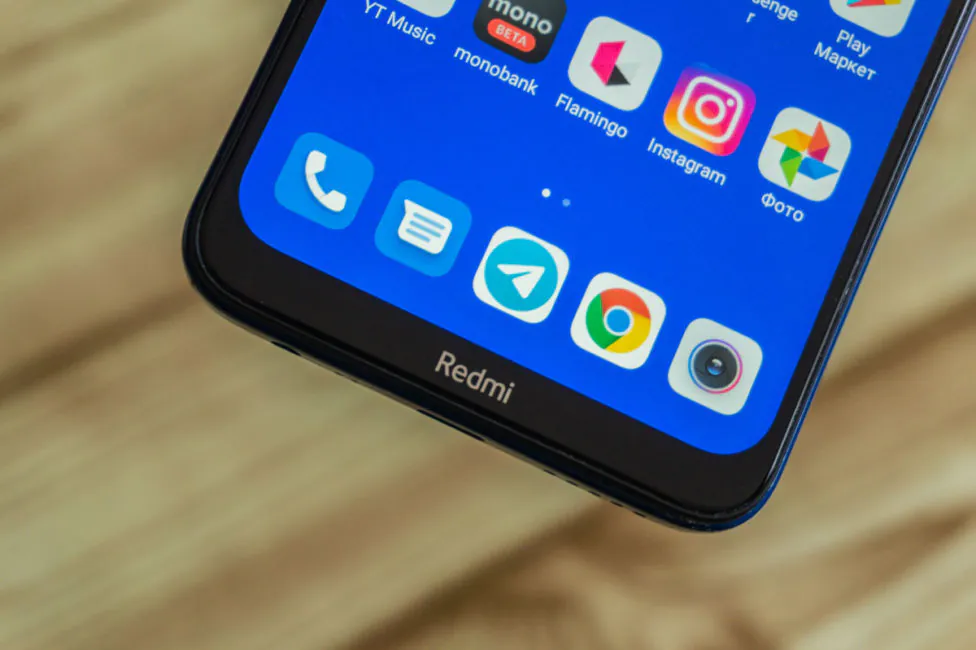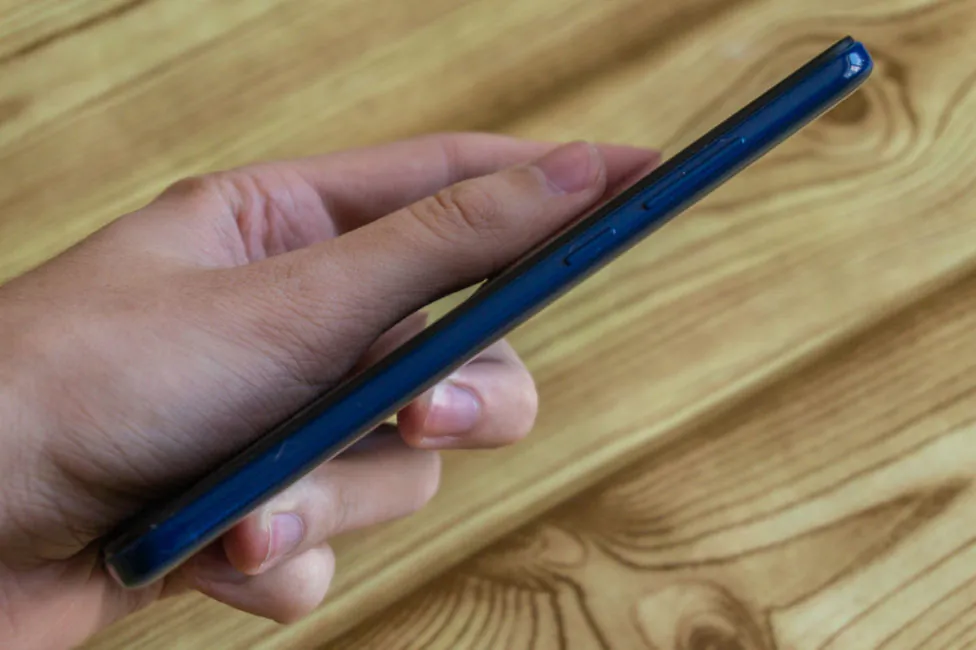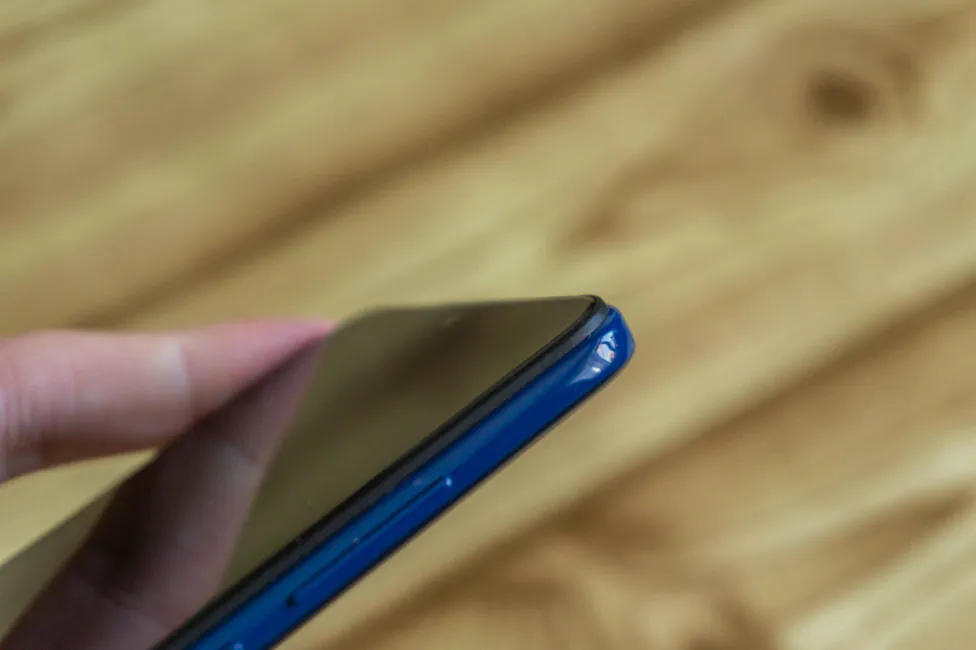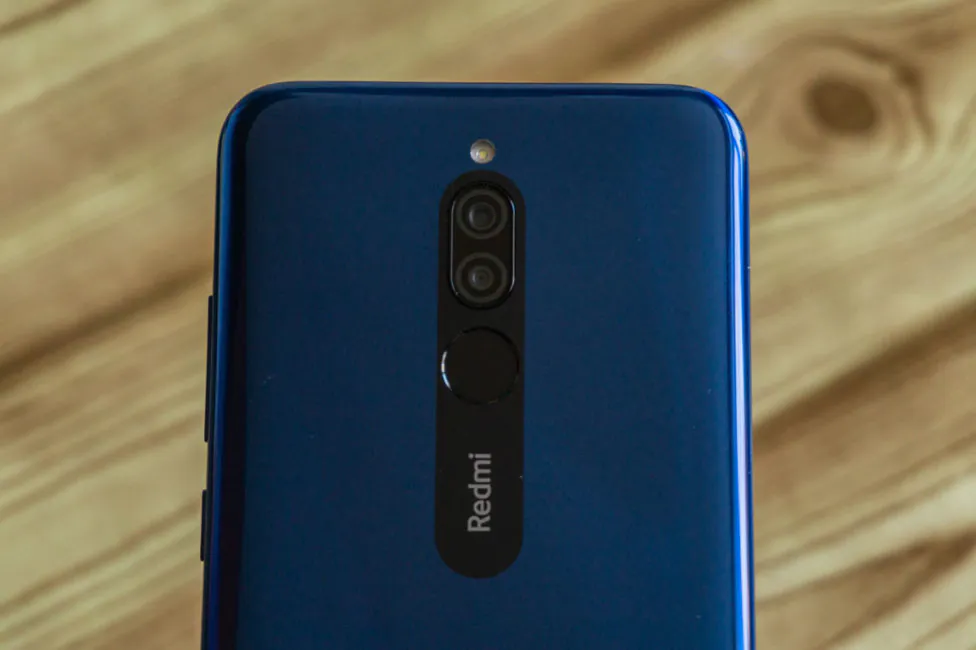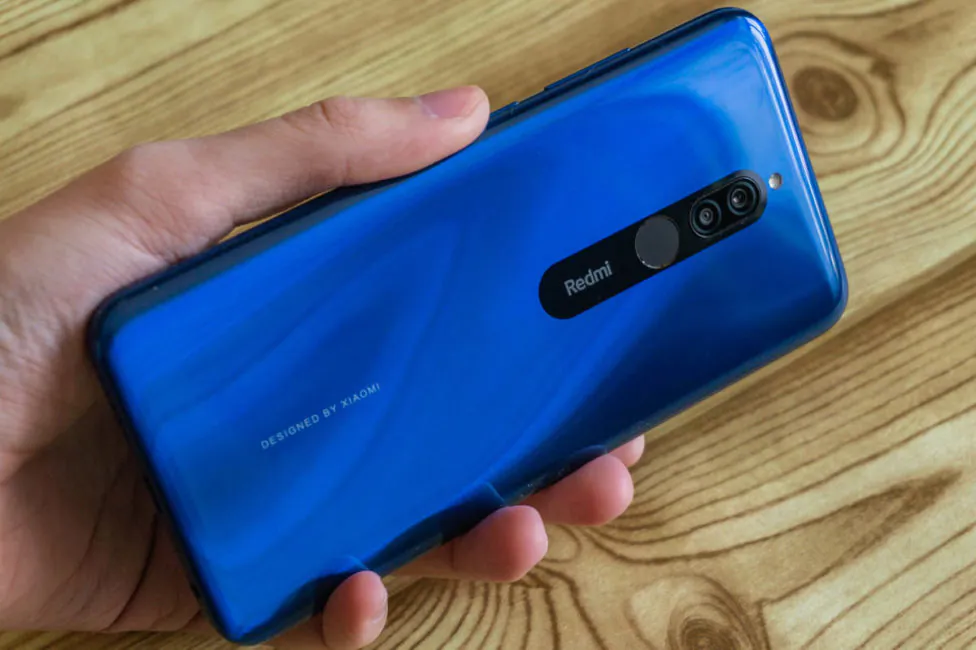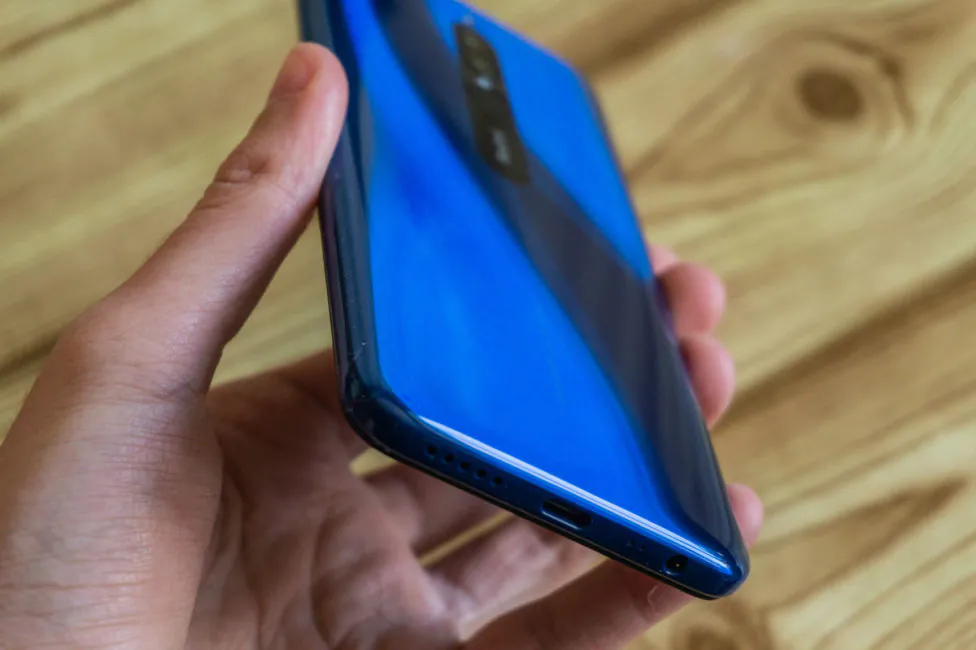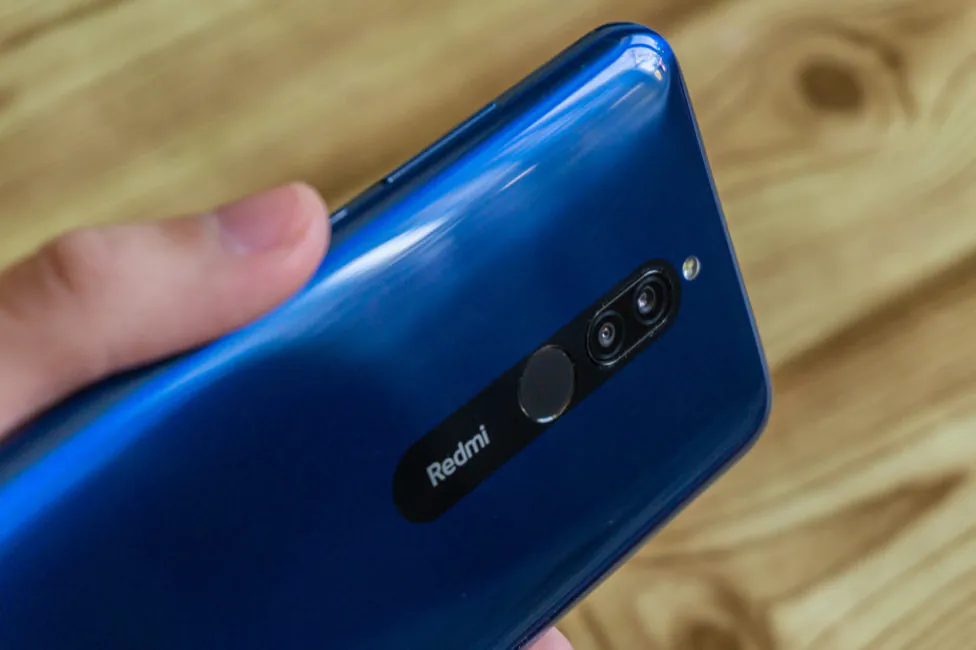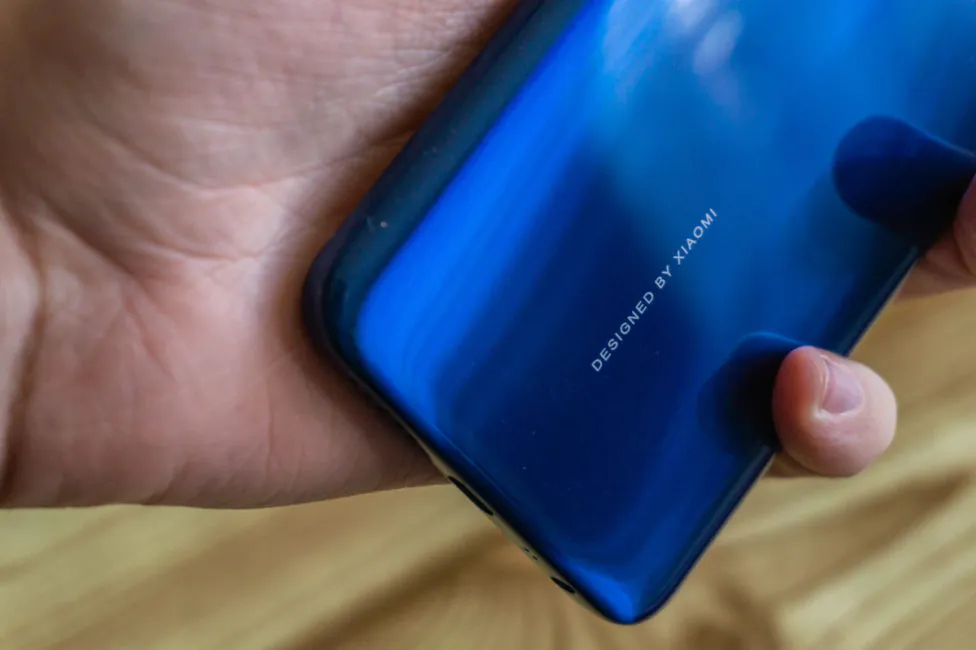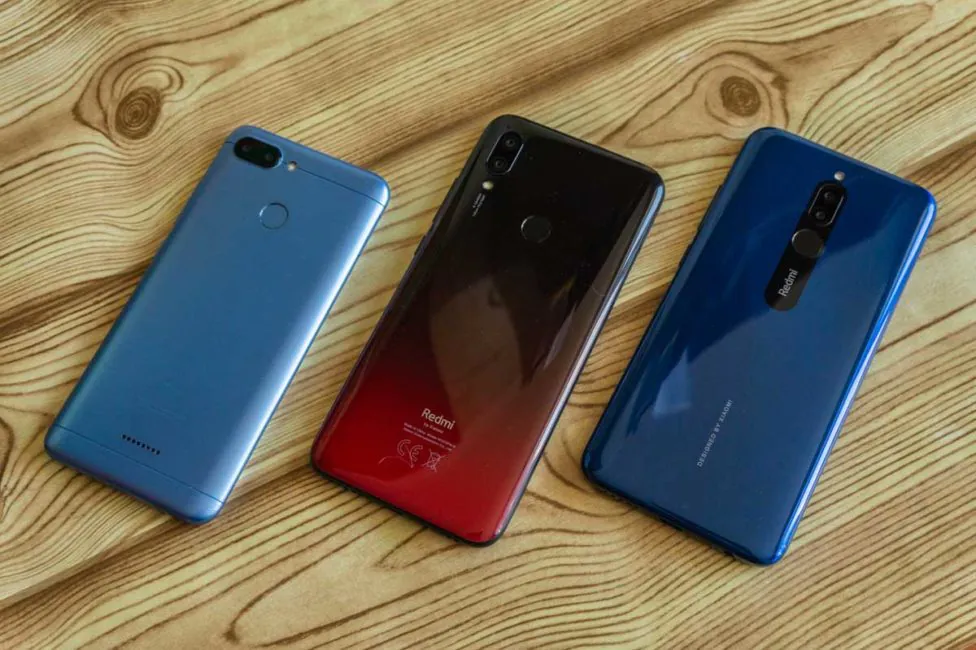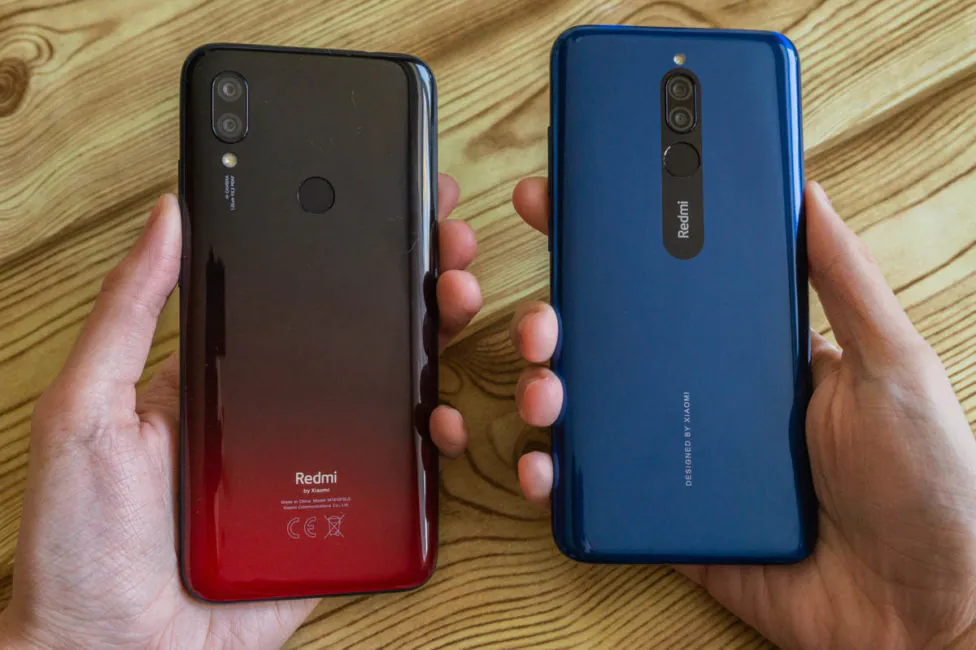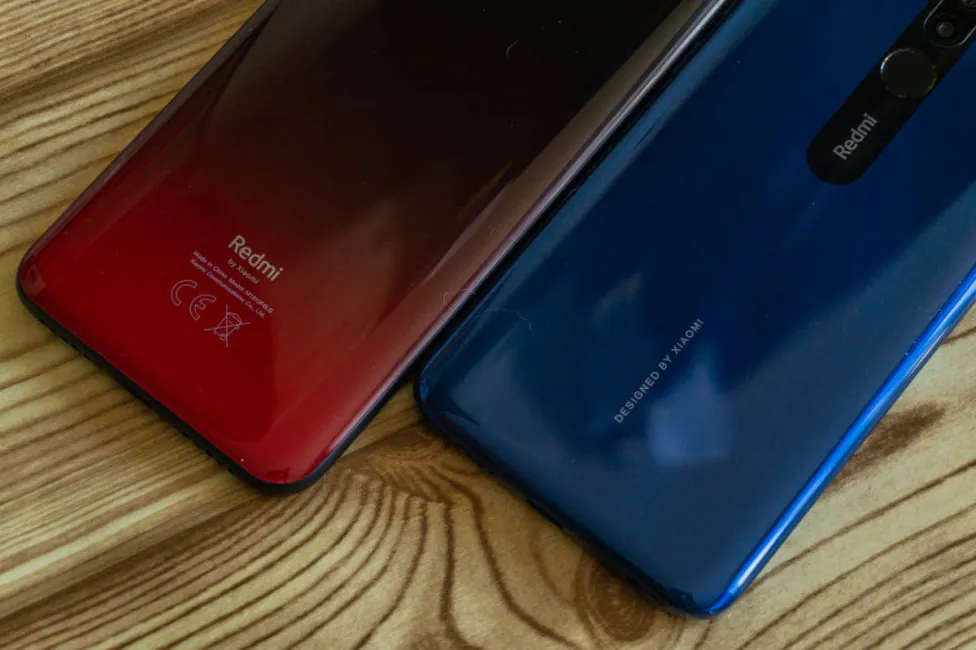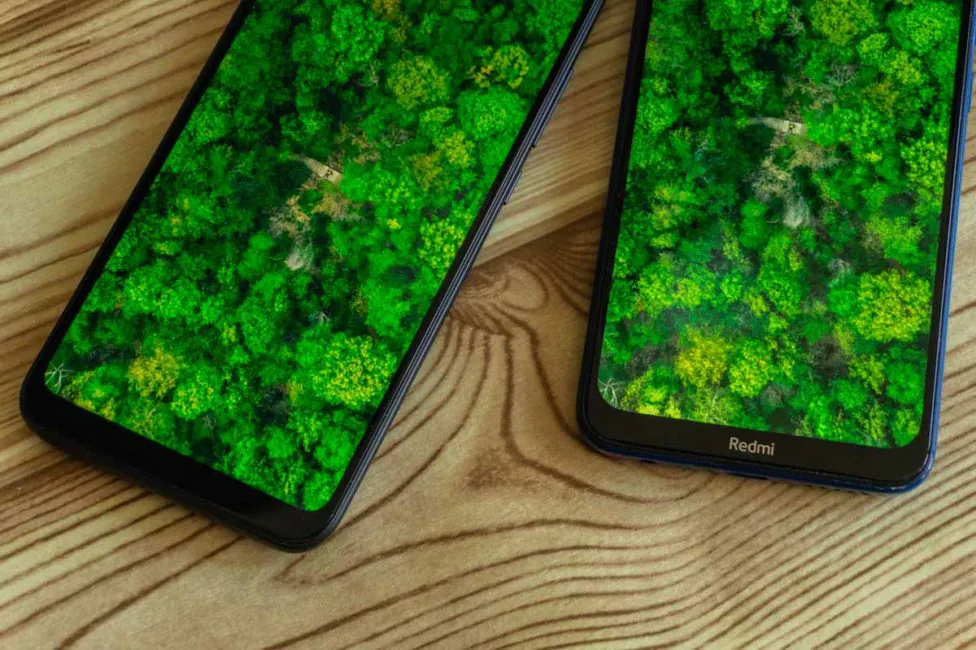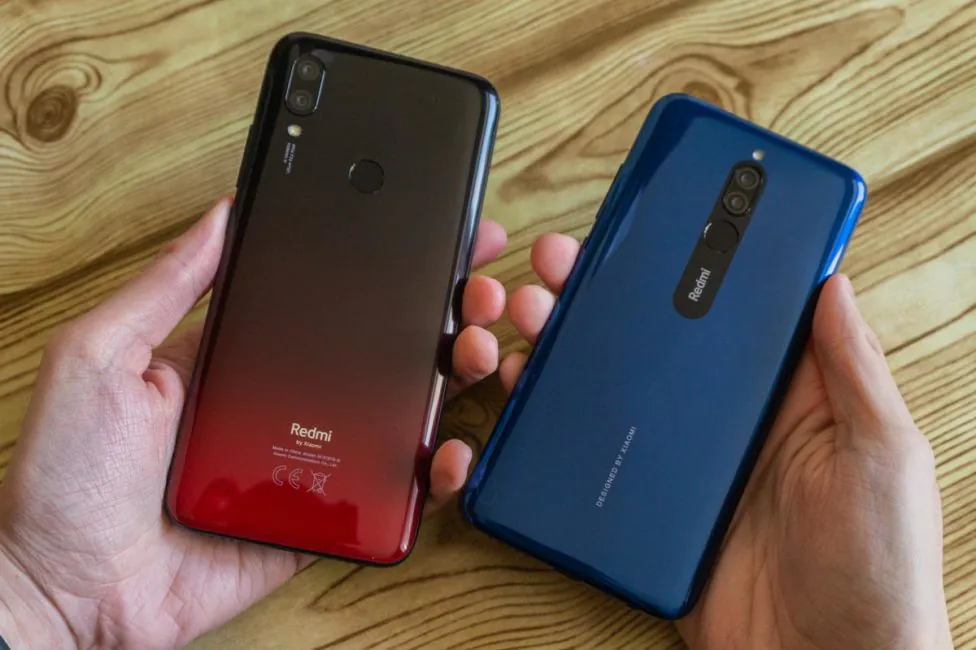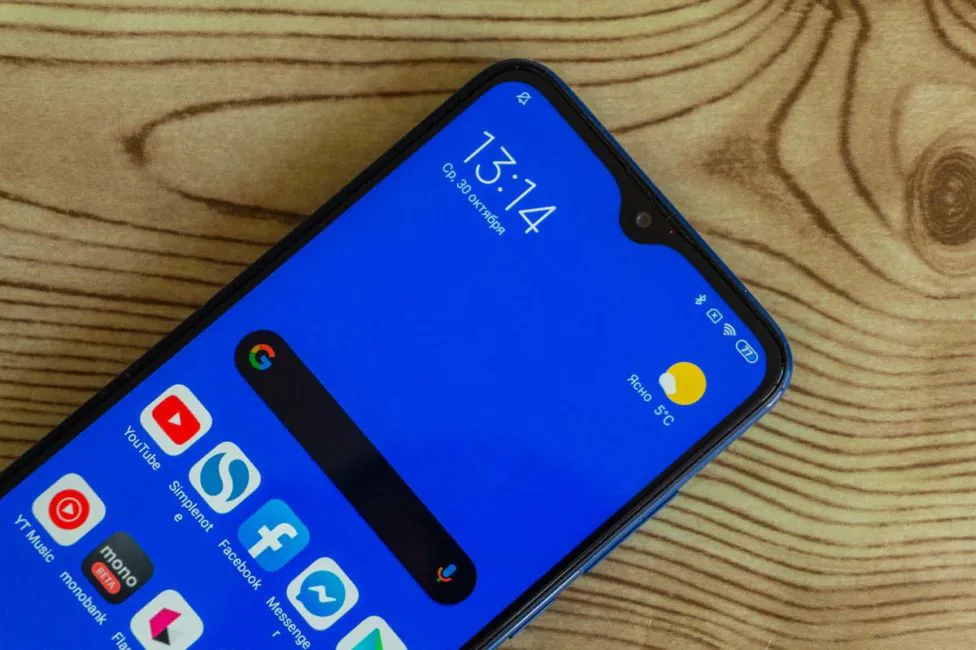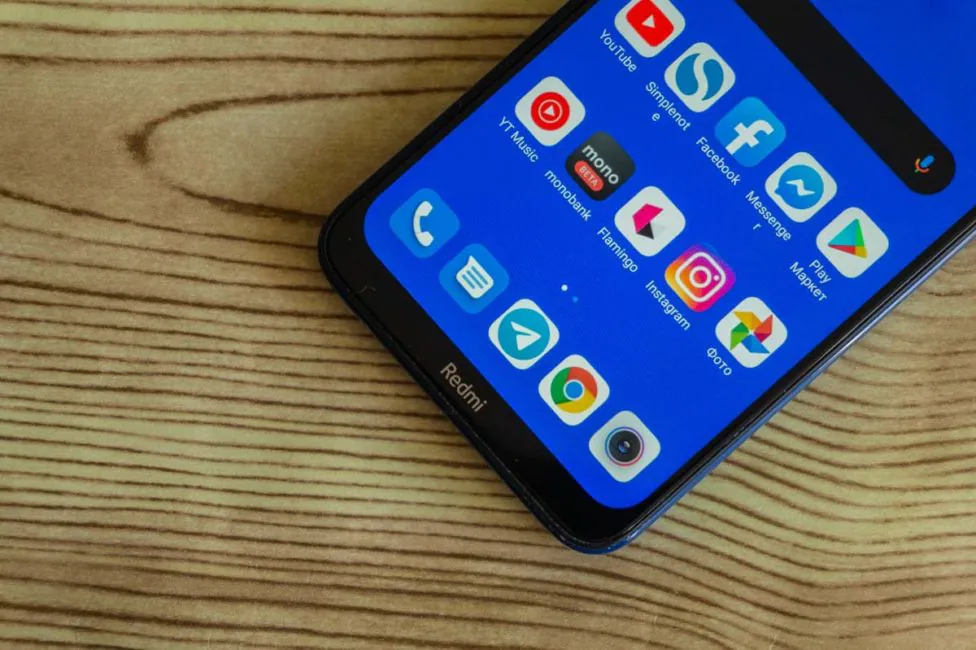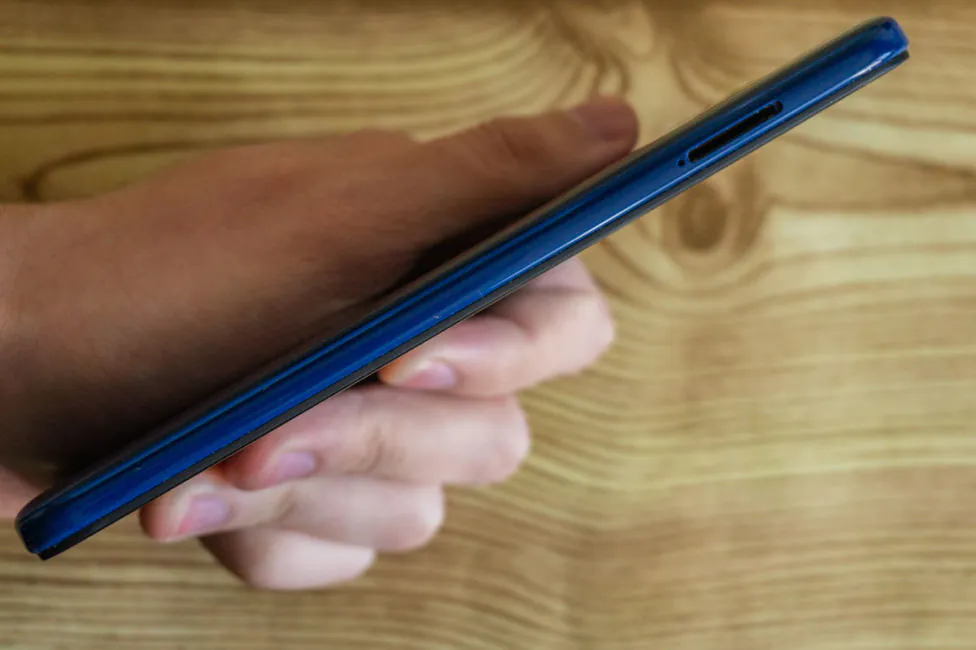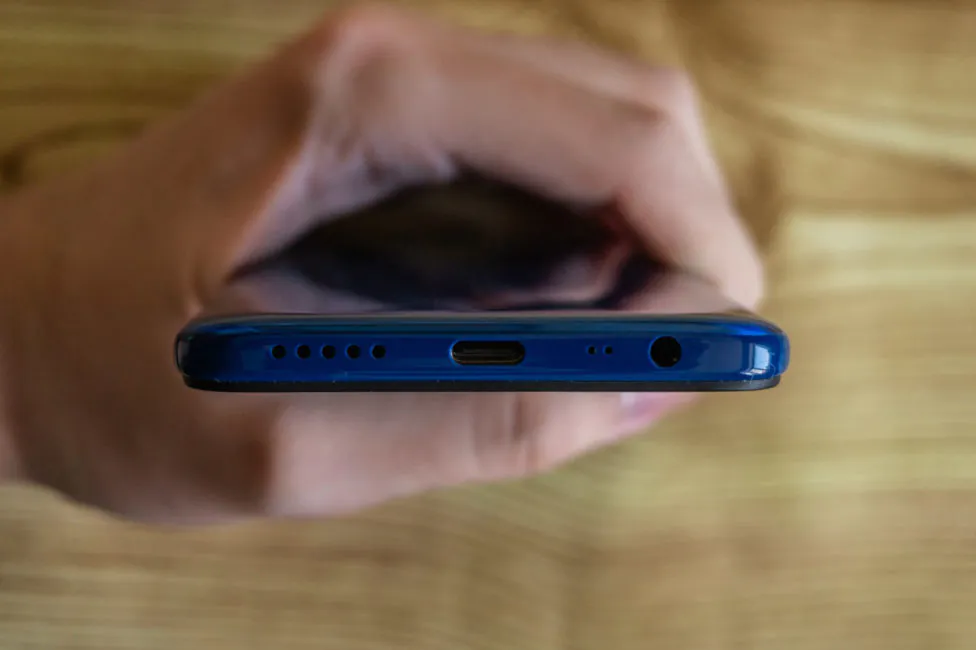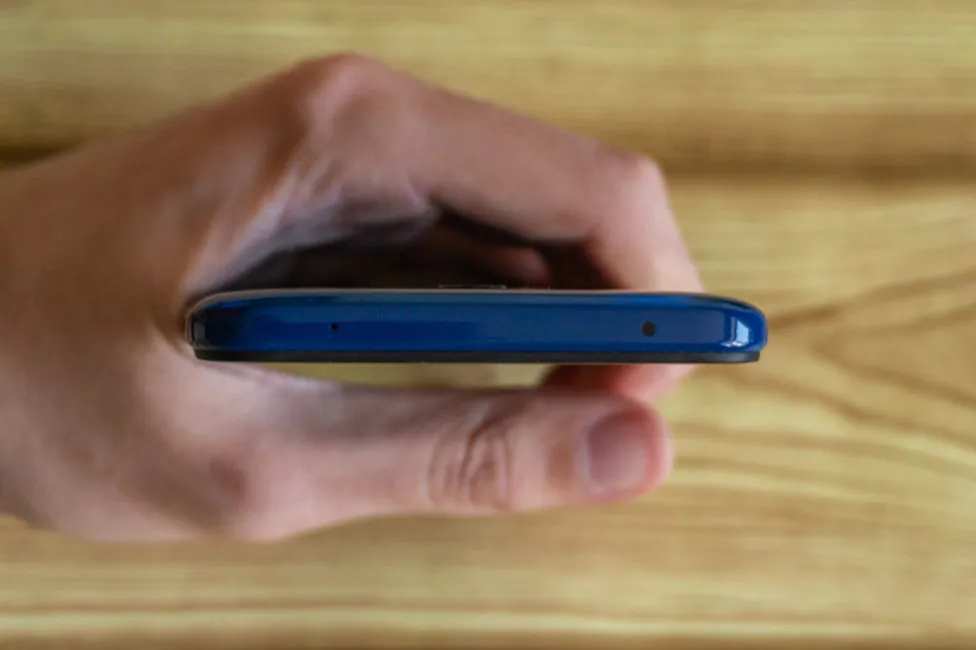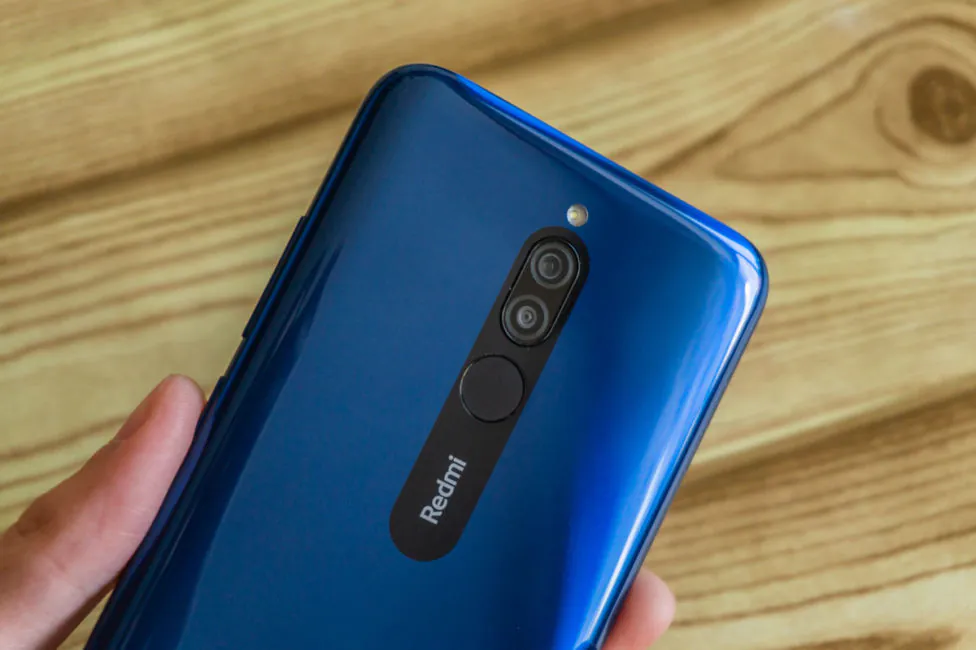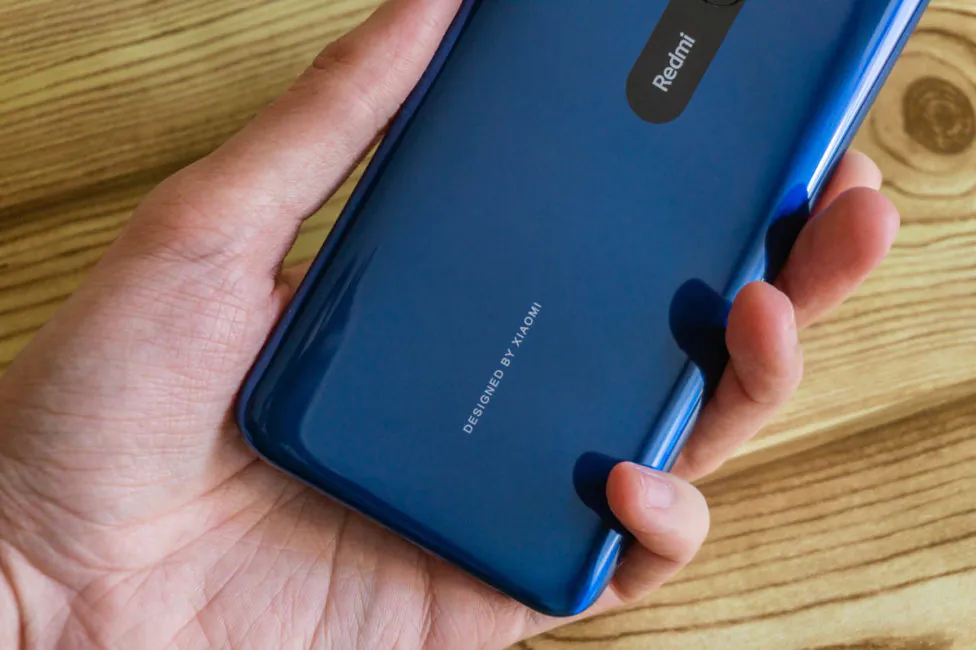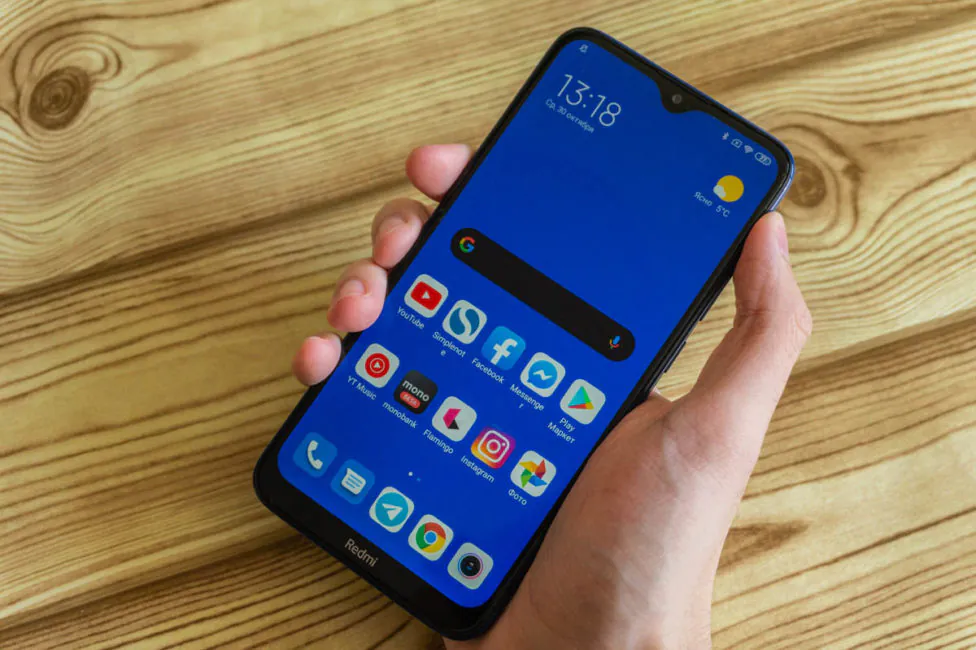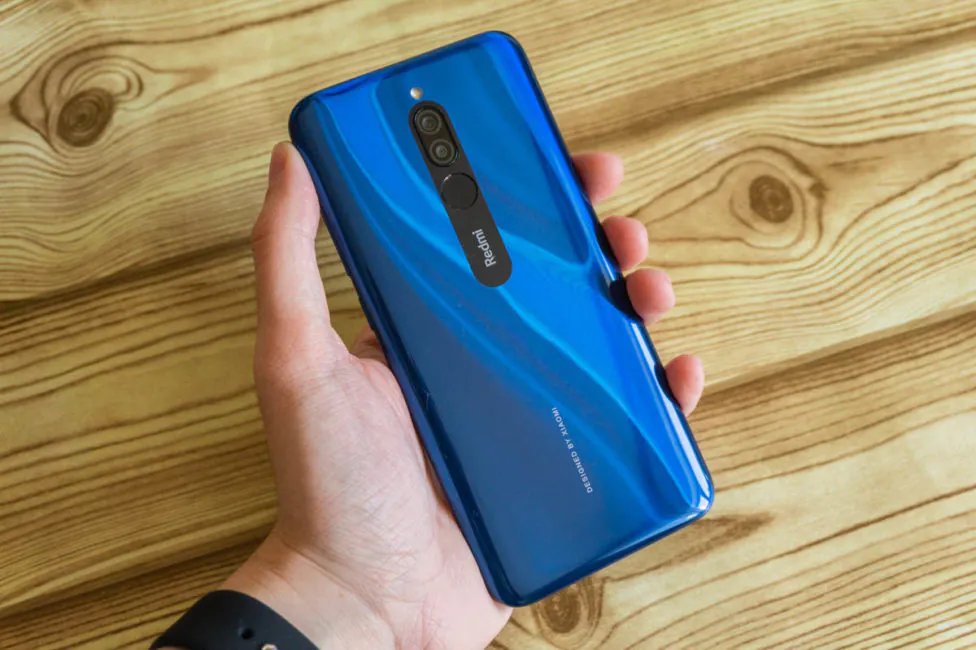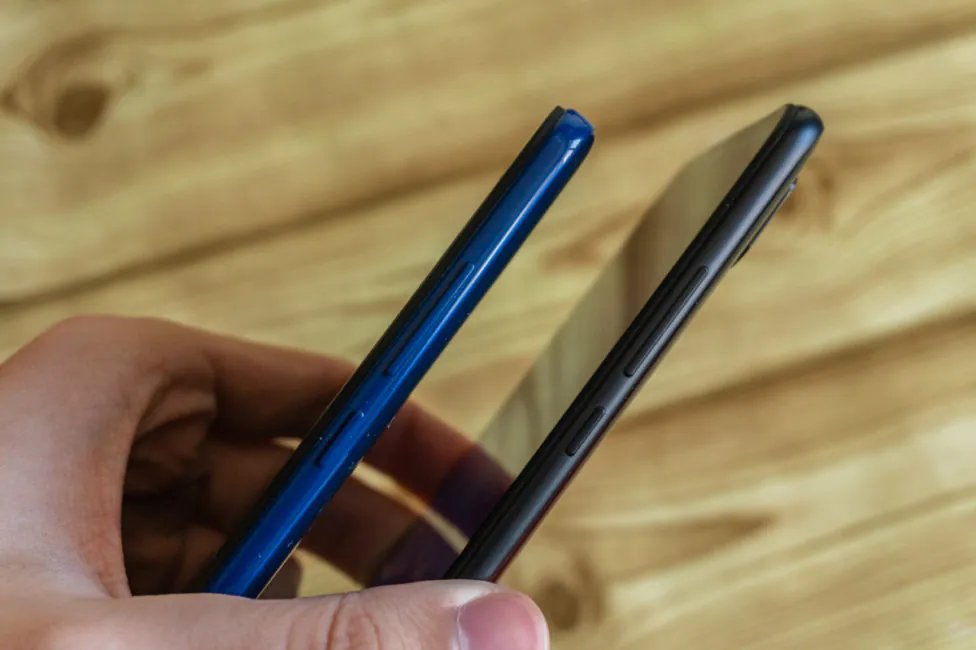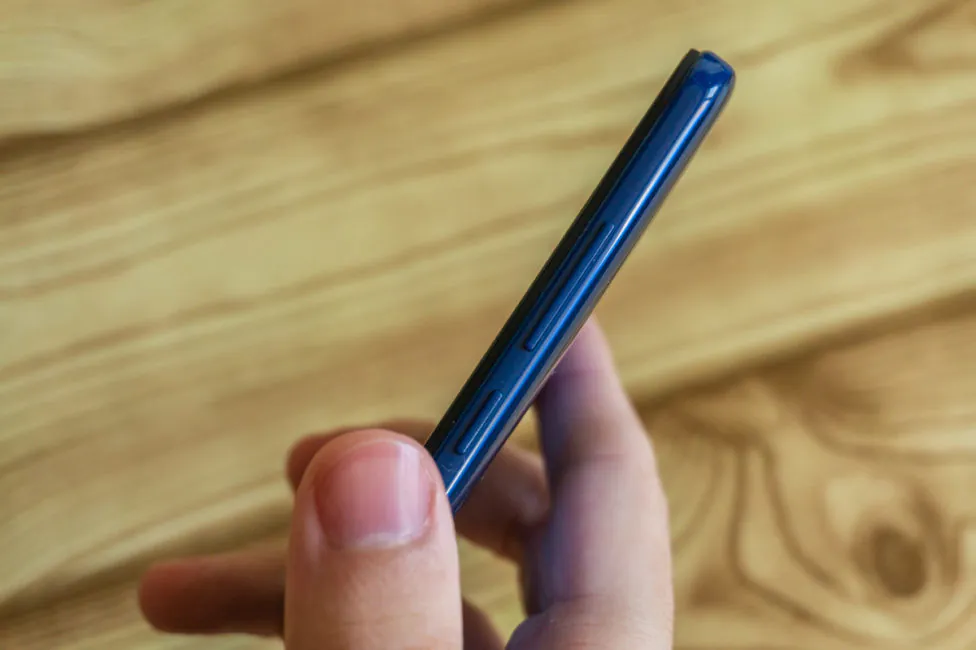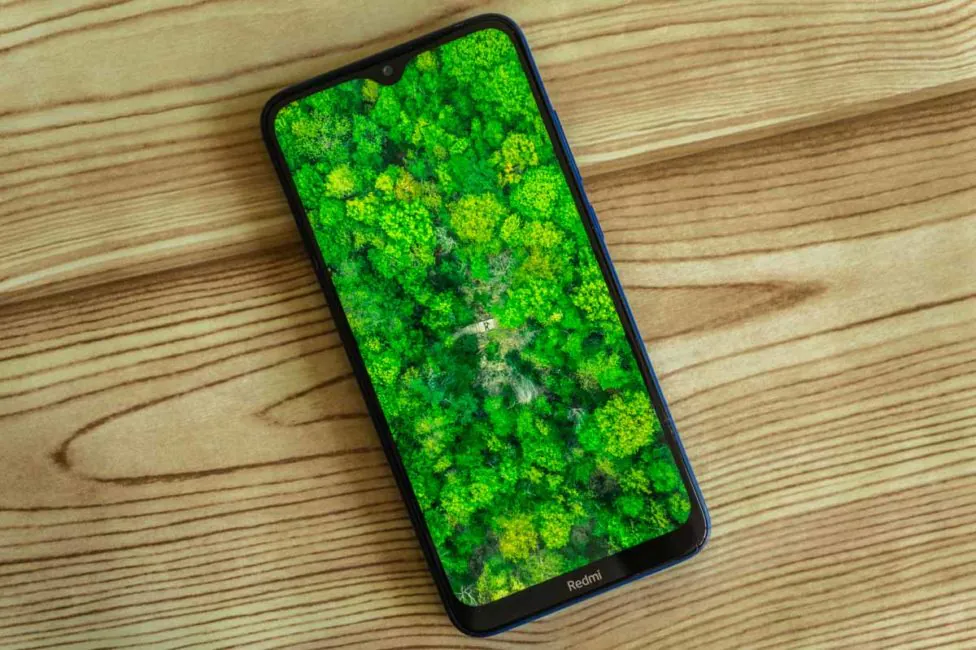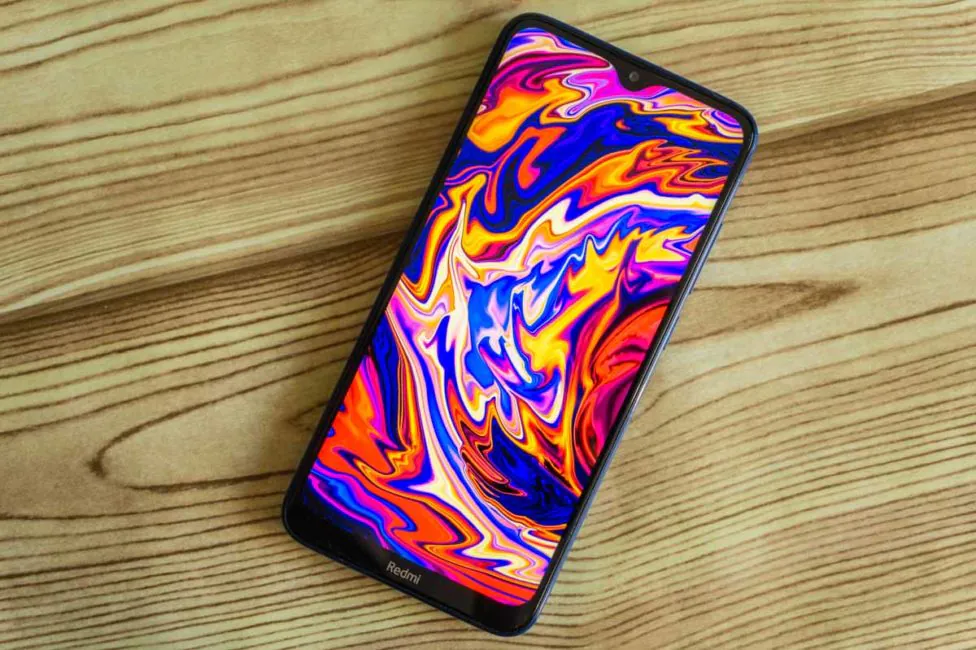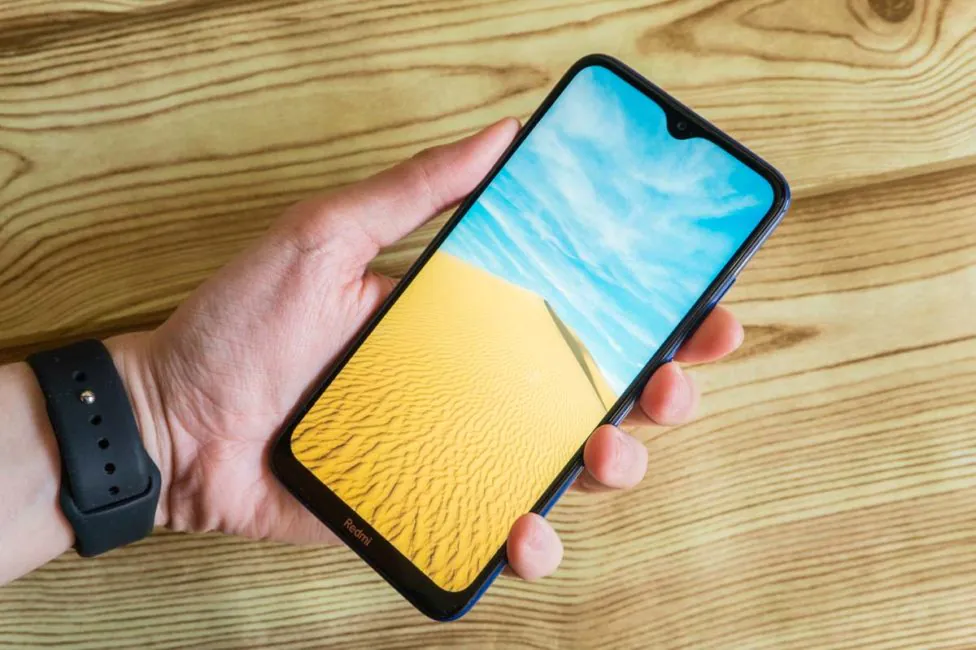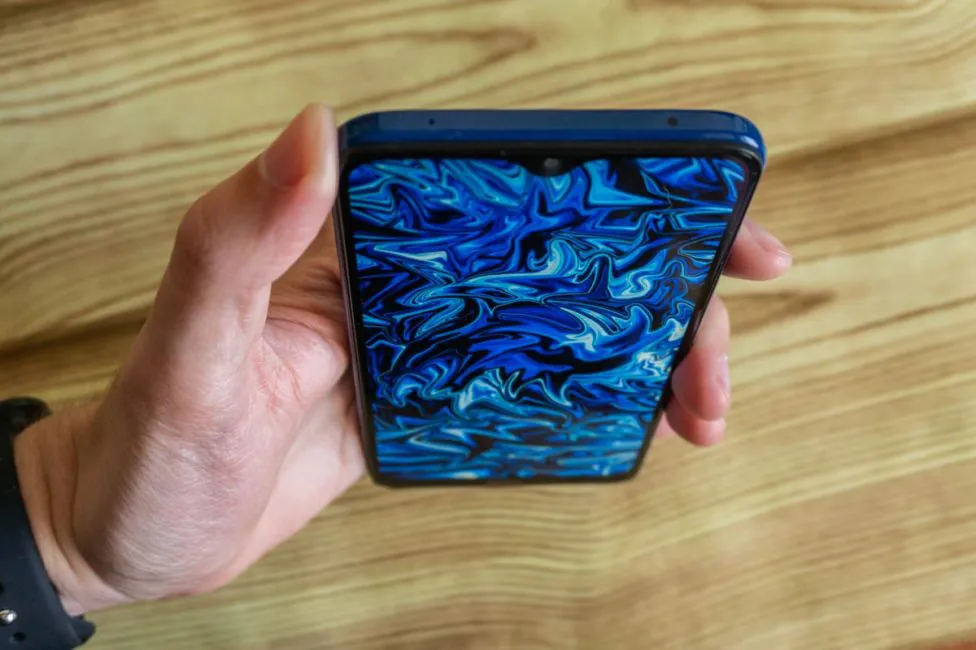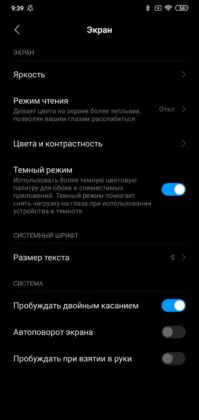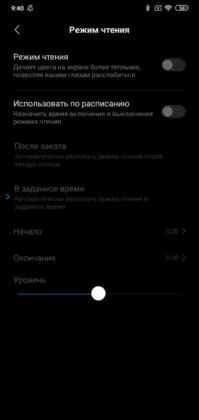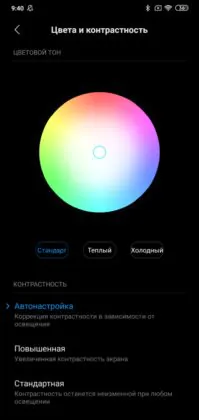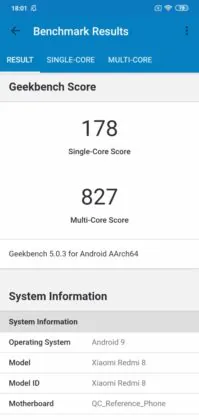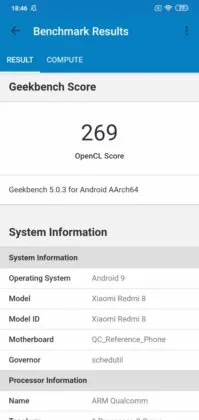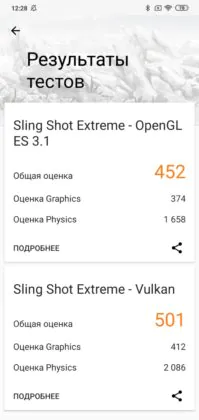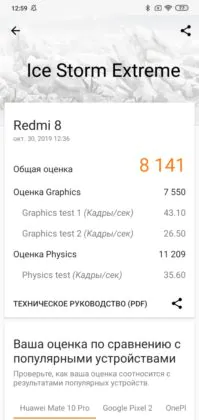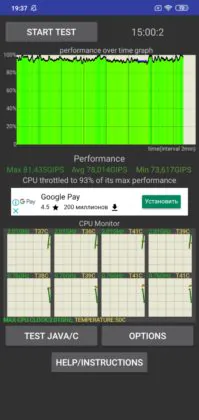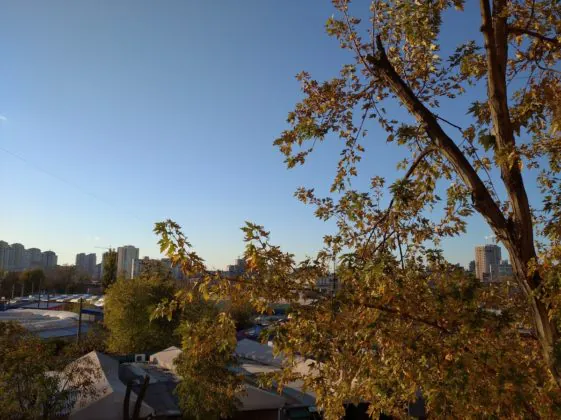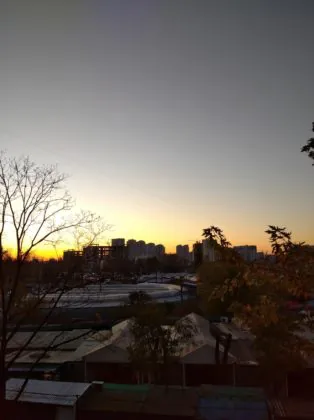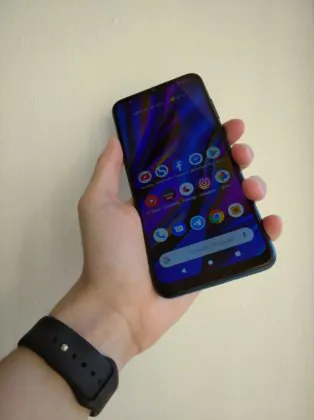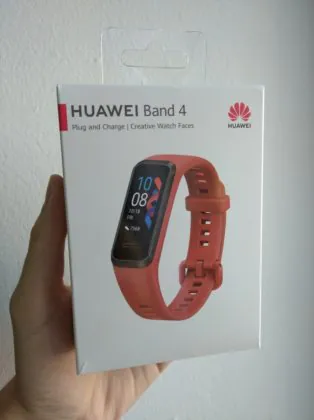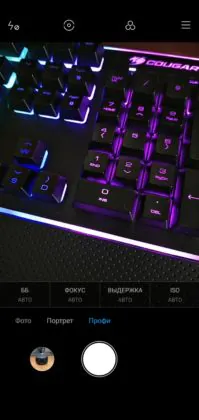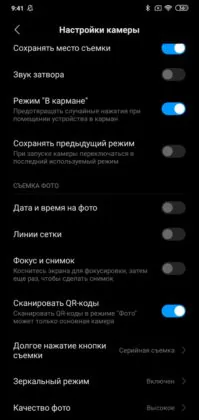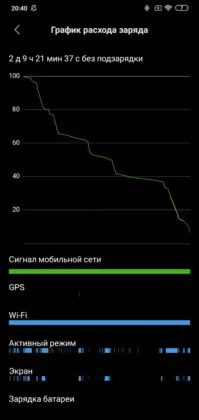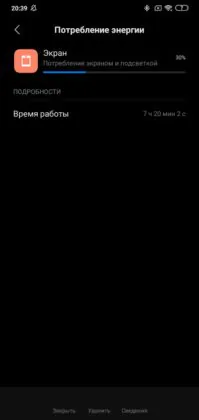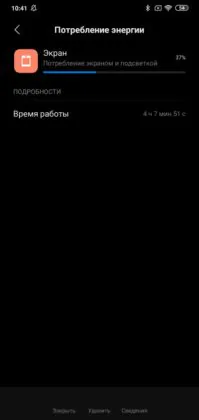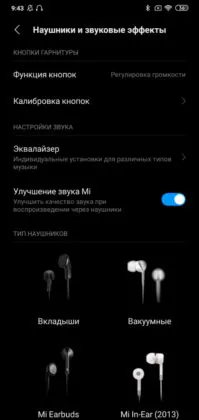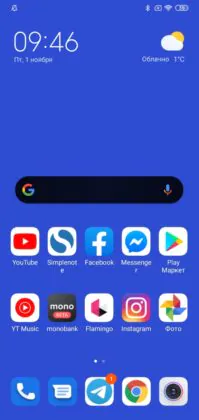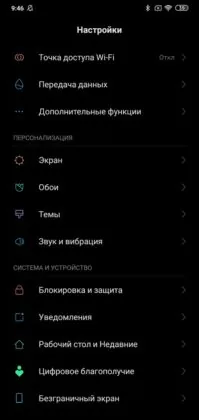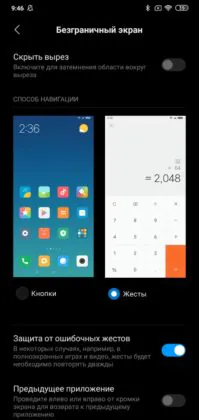© ROOT-NATION.com - Use of content is permitted with a backlink.
Xiaomi makes many smartphones and it makes them often. This year, for example, we had two generations of the popular Redmi and Redmi Note lines with a difference of just over six months. Today I will talk about the new Redmi 8, which released only recently. We’ll also see how it differs from Redmi 7. And spoiler – Redmi 8 can seem a little simplified compared to its predecessor. No to the review.
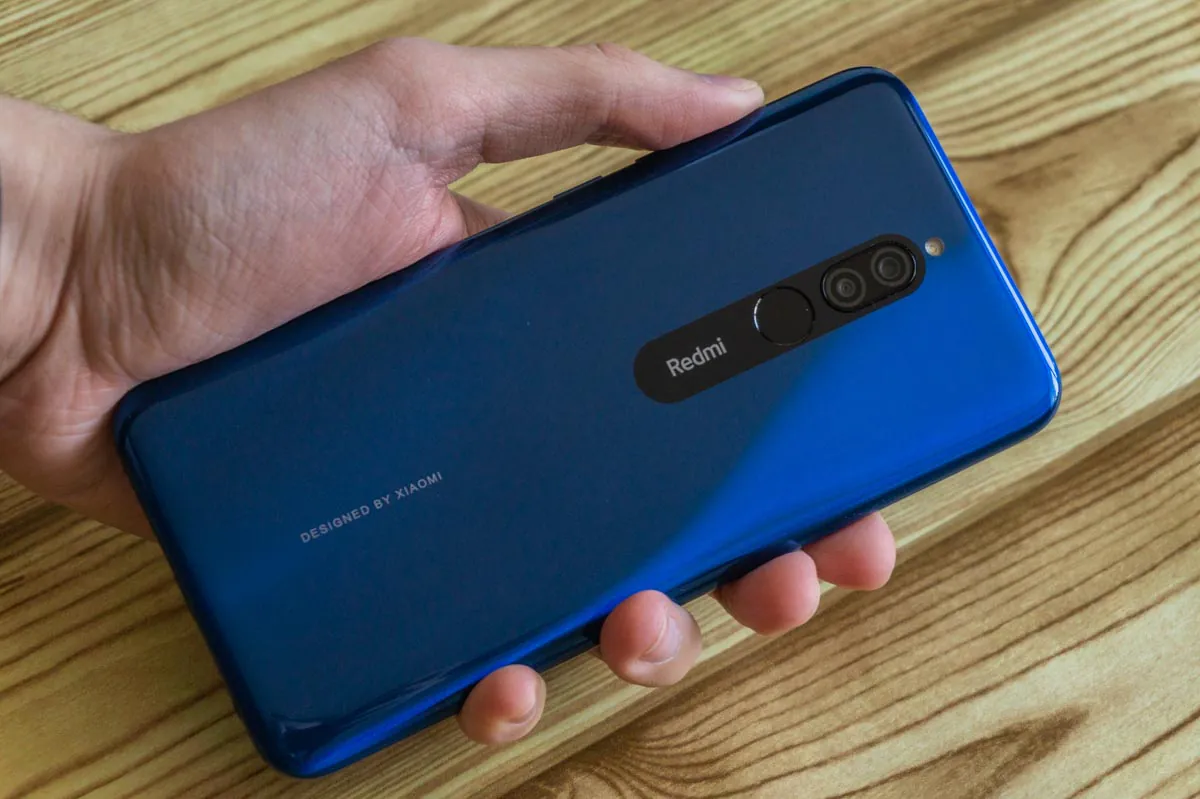
Where to buy
- AliExpress
- GearBest
- GeekBuying
Our video about Redmi 8
If you do not want to read the text – watch the video!

Read also: Redmi 8 and Meizu M10 comparison
Redmi 8 specs
| Network | Technology | GSM / HSPA / LTE |
|---|
| Launch | Announced | 2019, October |
|---|---|---|
| Status | Available. Released 2019, October |
| Body | Dimensions | 156.5 x 75.4 x 9.4 mm (6.16 x 2.97 x 0.37 in) |
|---|---|---|
| Weight | 188 g (6.63 oz) | |
| SIM | Dual SIM (Nano-SIM, dual stand-by) | |
| Splash resistant |
| Display | Type | IPS LCD capacitive touchscreen, 16M colors |
|---|---|---|
| Size | 6.22 inches, 96.6 cm2 (~81.8% screen-to-body ratio) | |
| Resolution | 720 x 1520 pixels, 19:9 ratio (~270 ppi density) | |
| Protection | Corning Gorilla Glass 5 |
| Platform | OS | Android 9.0 (Pie); MIUI 10 |
|---|---|---|
| Chipset | Qualcomm SDM439 Snapdragon 439 (12 nm) | |
| CPU | Octa-core (2×1.95 GHz Cortex-A53 & 6×1.45 GHz Cortex A53) | |
| GPU | Adreno 505 |
| Memory | Card slot | microSD, up to 512 GB (dedicated slot) |
|---|---|---|
| Internal | 32GB 3GB RAM, 64GB 4GB RAM |
| Main Camera | Single | 12 MP, f/1.8, 1/2.55″, 1.4µm, Dual Pixel PDAF 2 MP, depth sensor |
|---|---|---|
| Features | LED flash, HDR, panorama | |
| Video | 1080p@30fps |
| Selfie camera | Single | 8 MP, f/2.0, 1.12µm |
|---|---|---|
| Features | HDR | |
| Video | 1080p@30fps |
| Sound | Loudspeaker | Yes |
|---|---|---|
| 3.5mm jack | Yes | |
| Active noise cancellation with dedicated mic |
| Comms | WLAN | Wi-Fi 802.11 b/g/n, Wi-Fi Direct, hotspot |
|---|---|---|
| Bluetooth | 4.2, A2DP, LE | |
| GPS | Yes, with A-GPS, GLONASS, GALILEO, BDS | |
| Infrared port | Yes | |
| Radio | Wireless FM radio (no wired headphones required) | |
| USB | 2.0, Type-C 1.0 reversible connector, USB On-The-Go |
| Features | Sensors | Fingerprint (rear-mounted), accelerometer, proximity, compass |
|---|
| Battery | Non-removable Li-Po 5000 mAh battery | |
|---|---|---|
| Charging | Fast battery charging 18W |
| Misc | Colors | Onyx Black, Ruby Red, Sapphire Blue |
|---|---|---|
| Models | M1908C3IC, MZB8255IN | |
| SAR | 0.34 W/kg (head) 1.00 W/kg (body) | |
What’s in the box
We did not have a box with the device, but it includes: a power adapter (5V/2A), a USB/Type-C cable, a SIM card eject tool, a transparent (or tinted) silicone case and a set of documentation.
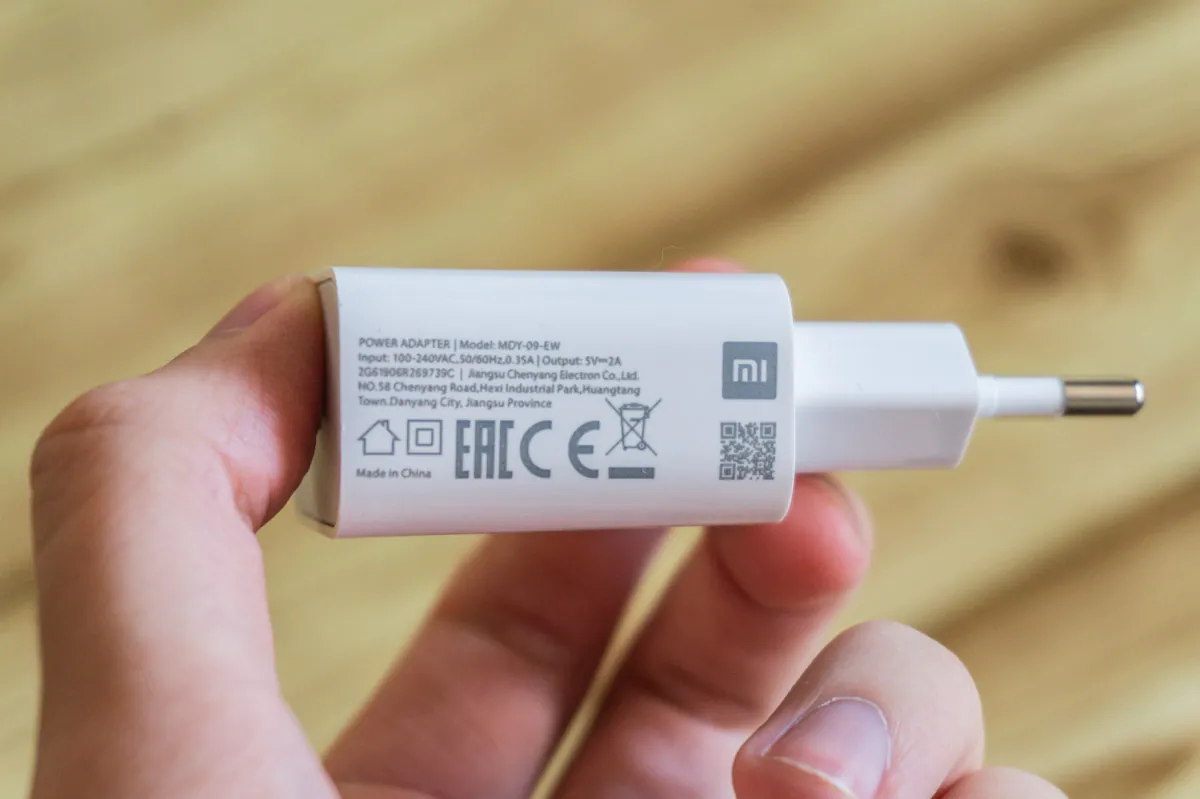
Design, materials and build quality
In front, Redmi 8 looks like… every other phone. If you compare it with Redmi 7, then you can note a more accurate and streamlined drop-shaped notch – this is a plus. However, Redmi logo appeared on the lower (rather large) field. Why though? I don’t like it one bit.
By design, we now have a “bath”, with a display unit protruding slightly from it in a thin plastic edging.
Now let’s turn the smartphone over and once again say that there is nothing new and once again note how tiring it is to see another vertical block in the upper left corner. But Xiaomi thankfully made something different.

The block is still vertical, but centered. In addition, there is an elongated black strip with rounded edges, on which there are cameras, a fingerprint scanner and a vertical Redmi logo. Nothing special, but the feel of the smartphone is completely different. What’s stopping other manufacturers from experimenting with cameras?
The color of the body of our sample is a wonderful Sapphire Blue with wave-like overflows. It looks interesting, albeit not unique. At the ends, it is solid blue.
In addition to blue, the manufacturer offers two more colors: black Onyx Black without any effect and red Ruby Red, with the same overflow.

Materials are ordinary. Back has edges – it’s plastic, Corning Gorilla Glass 5 with an oleophobic coating. The case can easily get dirty.
There’s water resistance, but diving with your smartphone is not worth it, of course.

As a bonus content – a gallery where you can view Redmi 8 from all sides and compare with Redmi 7 and 6.
Elements configuration
Above the front are the selfie camera, light and proximity sensors, and a speaker. Below is the Redmi logo. And everything seems to be fine, but they removed the notification LED. I also consider this an omission, because in Redmi 6/7 it is present and does not bother anyone. On the contrary, it helps.
On the edge on the right there is a power button and a volume control key, and on the left is a slot for two nanoSIM and microSD cards.
Below are: a speaker for multimedia, a Type-C port, a microphone and a 3.5 mm audio port. Here you can praise Redmi 8 for an audio jack, but even more for Type-C. We have an additional microphone and an infrared transmitter on top.
Behind we have: a flash, a pair of cameras, a fingerprint scanner, the vertical Redmi inscription. Just below we have a thin text – Designed by Xiaomi. But there is a suspicion that in the commercial samples that are sold in our stores, there will be service markings in place of this concise quote.
Redmi 8 ergonomics
The phone is a little smaller in height and width than Redmi 7, but it gained about 1 mm in thickness. The dimensions of the smartphone are now as follows: 156.5 × 75.4 × 9.4 mm, and the mass is 188 grams.
In practice, there isn’t much difference, but due to the different design, Redmi 8 is less confident in the hand. Smooth transitions feel nicer, but the case is slippery. The frame is matte.
There are no questions about the location of the buttons. The scanner is located directly under the cameras, and some users don;t like it. However, for the period of use I can not recall such cases where I would accidentally touch the glass of the camera, instead of the scanner.
Redmi 8 Display
The smartphone has a 6.22″ diagonal display with an aspect ratio of 19:9. IPS LCD technology, HD+ resolution (1520 × 720 pixels), and the pixel density of 270 ppi are used in the matrix.
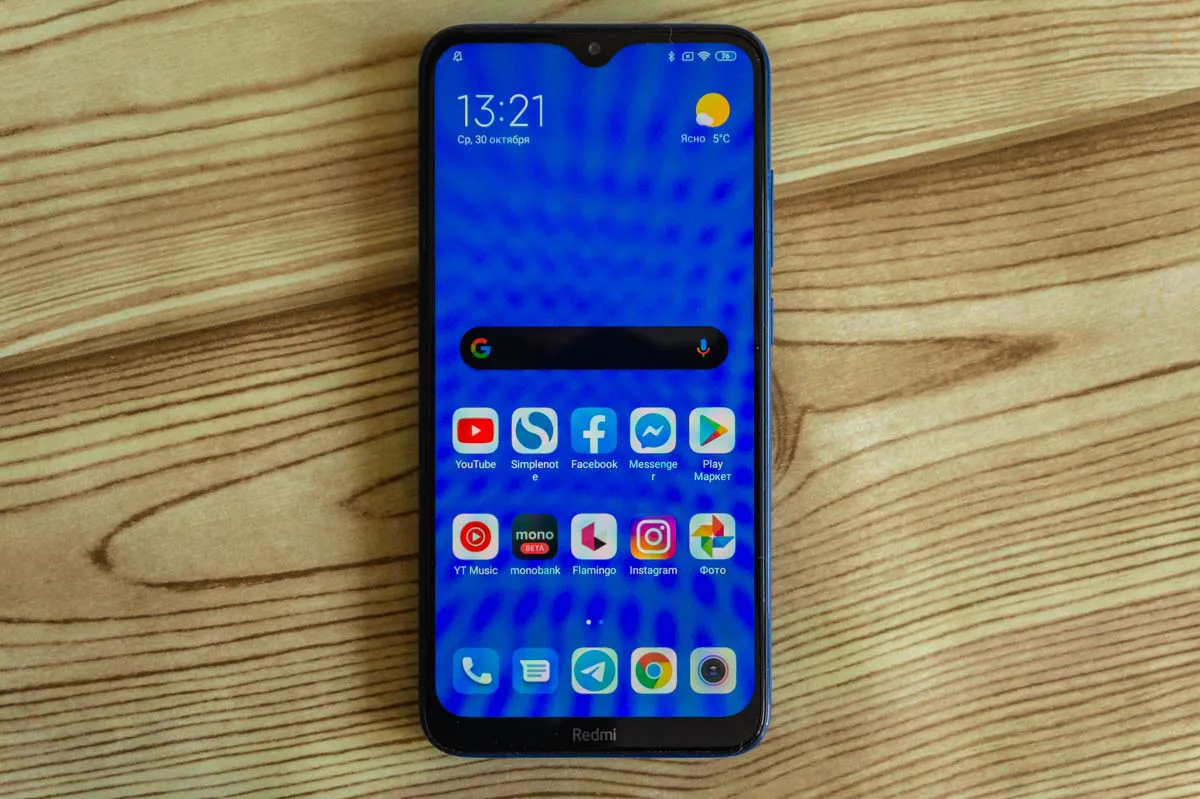
The screen still does not have high definition and most of all it is striking when viewing application icons. But for all other key points – it is generally not bad. If we compare it with 7 again, then with the same screen settings, Redmi 8 has a more natural color reproduction – not as saturated, but it can not be called faded.
The brightness is relatively high, for a budget phone, and according to the manufacturer is at 400 nit. The viewing angles in the new smartphone are also slightly better, but dark tones still lose contrast under certain angle.
There aren’t tons of settings, but enough. Reading mode, choice of color tone and one of three contrast profiles. A dark theme is also in place. You can turn on the screen with a double touch, and by simply picking up the device. Auto brightness works relatively well.
Redmi 8 performance
Now let’s move on to the most controversial part of Redmi 8. Here we have the Qualcomm Snapdragon 439 chipset, which has eight Cortex-A53 cores at its disposal: two high-performance cores with a maximum clock speed of up to 1.95 GHz and six cores with a clock frequency of up to 1.45 GHz. The graphics accelerator is Adreno 505.
The platform, surprisingly, is less productive here than in Redmi 7 with Qualcomm Snapdragon 632. It’s same as Redmi 7A – an even simpler budget device of the previous generation. Why the manufacturer took this step is not very clear to me.
On the test, I have a model with 4 GB of RAM and 64 GB of storage. RAM for a smartphone of this level is enough. You can use a couple of apps at the same time. I can’t say how things are with another version, but one thing is certain for sure – there isn’t much RAM, and if it’s possible to pay extra for an advanced version, it’s worth it.
Out of 64 GB in the drive, 48.96 GB are available for the user. You can put a memory card up to 512 GB and still not deny yourself a second SIM card. This is definitely good.
The Snapdragon 439 system is familiar to us from Nokia 4.2, where it has established itself, albeit not in the best way. And exactly the same situation is with Redmi 8: the smartphone in most cases works quickly, without freezes, but some small lags can naturally occur.

Things get worse when it comes to games. You can only play undemanding time-killers. I tried to run PUBG Lite, but it does not look very playable.
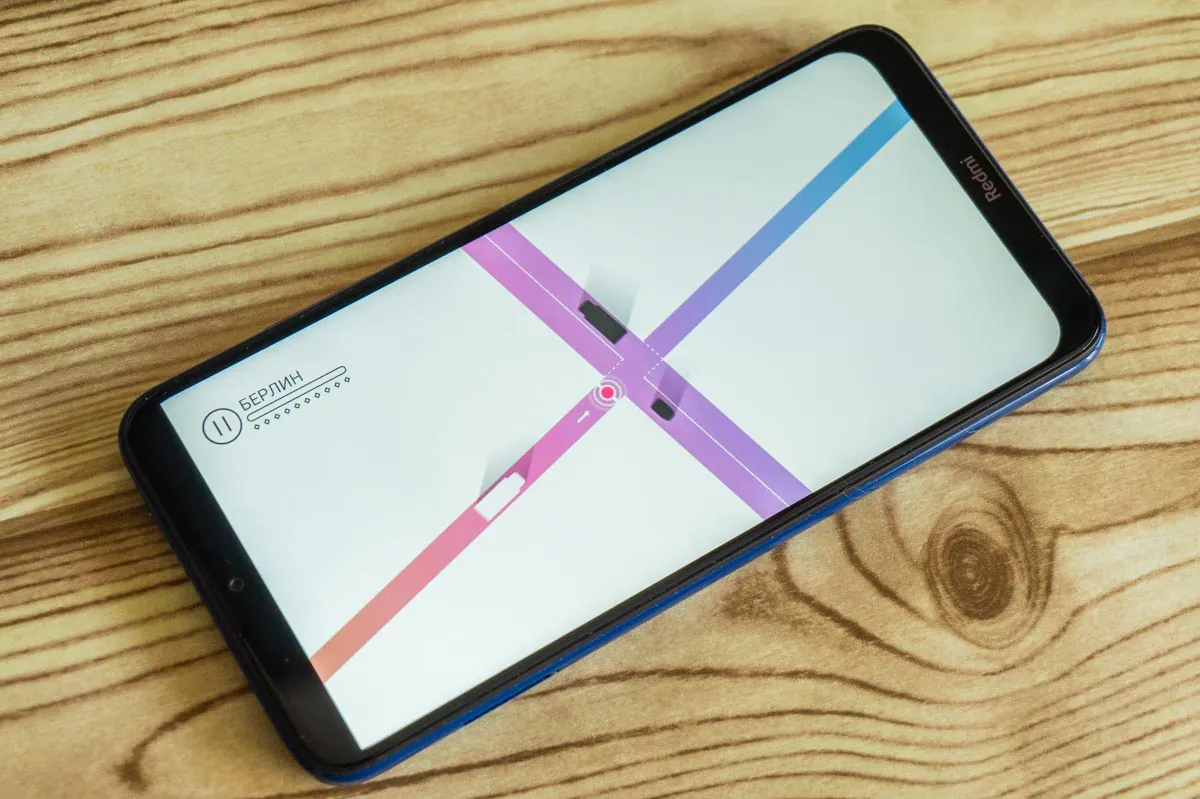
Redmi 8 cameras
The main camera is represented by two modules: the main one with a resolution of 12 megapixels, f/1.8 aperture, 1/2.55″ sensor size and 1.4µm pixels with PDAF autofocus, and a typical auxiliary 2 megapixel depth sensor.
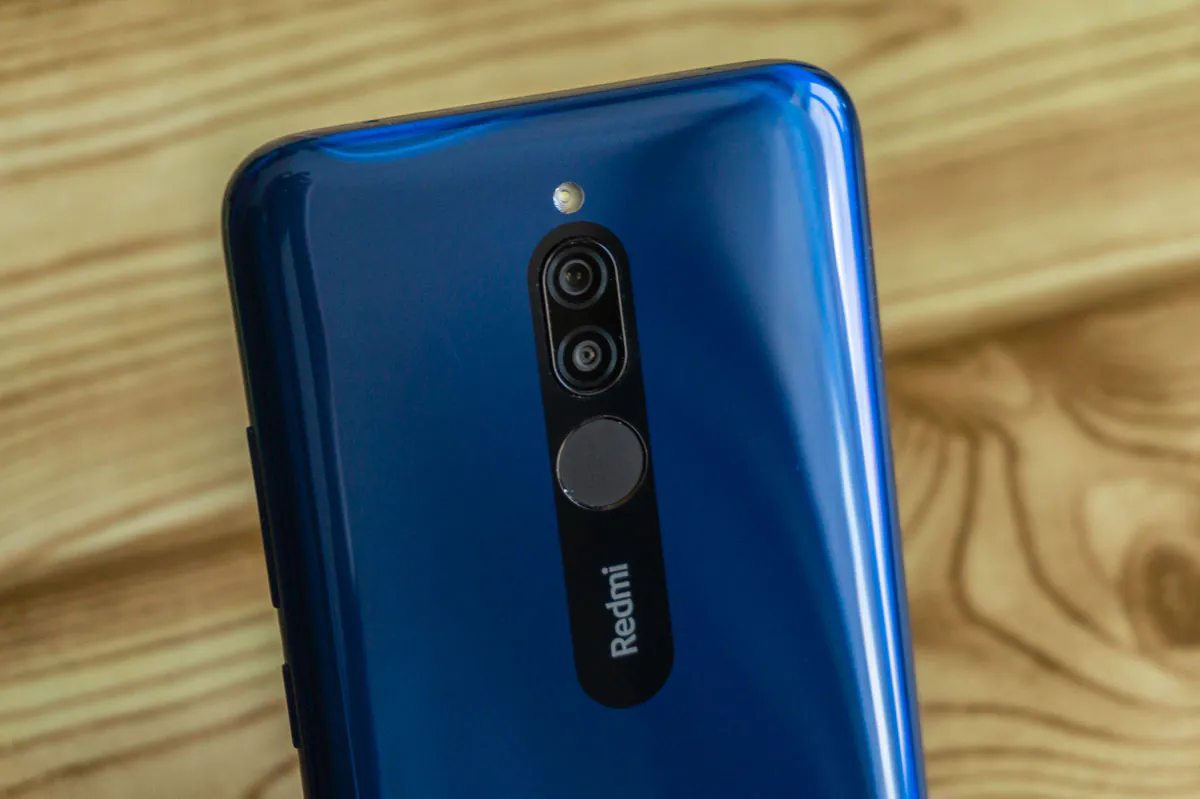
The phone makes decent photos outdoors. In a room with medium lighting, the noise reduction is not too aggressive, because there are details, and digital noise is minimized. When there is not enough light, the situation is the opposite – there are much less details. In the evening, the smartphone’s camera is not impressive at all, but this is a standard situation and there’s nothing to be surprised about.
There is a portrait mode, in addition to separating a person from the background, it can work with objects. As a result, adequate photos come out with a blurred background and small errors in especially complex scenes (for example, when the background behind the object is uneven).
Video recording is available in Full HD and 30 FPS. There is no stabilization and, as usual, the quality of the clips is average.
The front camera module has 8 megapixels (f/2.0, 1.12µm). It does not have a very wide capture angle, the quality is mediocre and, in my opinion, even a little worse than in Redmi 7. But it is possible that the software will be corrected in future.
The camera application is traditional for the MIUI shell. There is a manual mode, but there is no night mode, as in more expensive models.
Unlocking methods
Redmi 8 has a traditional fingerprint scanner at the back and it works just as well as it does in Redmi 7. It’s probably the same one. It’s very fast, stable and simply great in every way. I have no complaints.
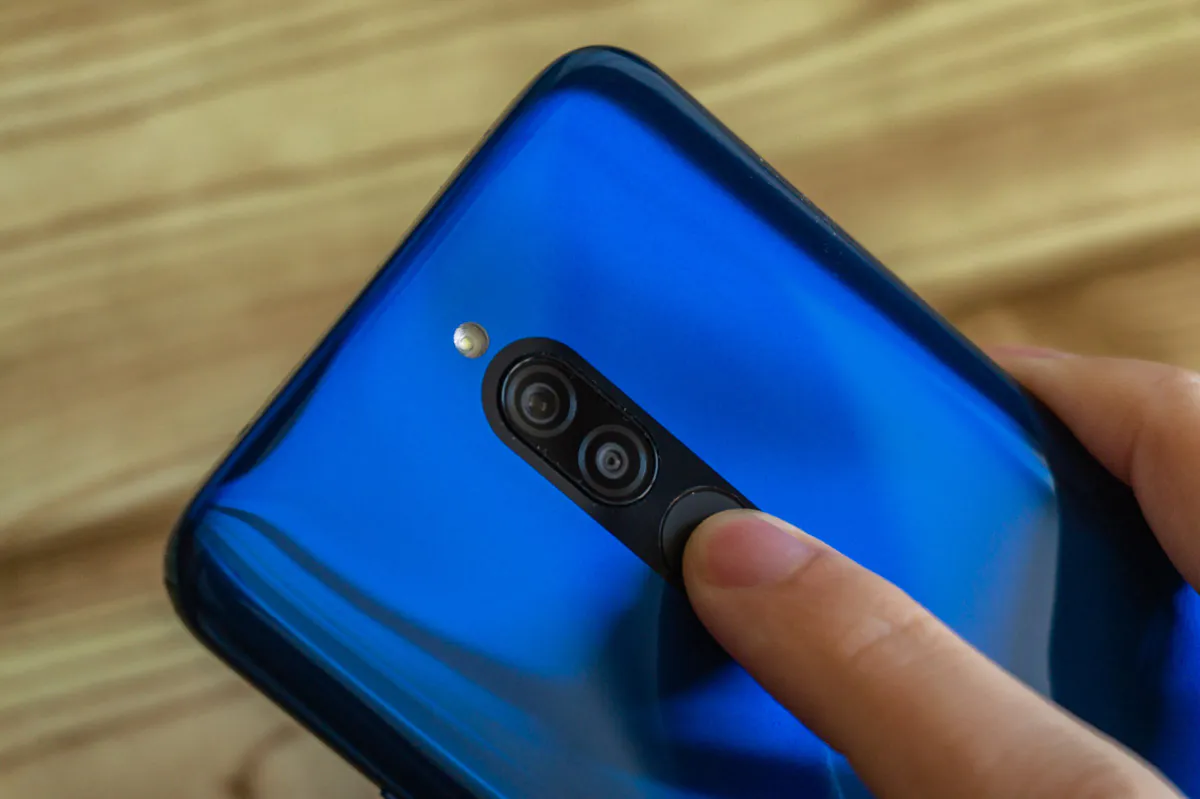
Face unlocking is present, but it needs a lot of light to work correctly. If there are fewer light sources, then it will take two seconds for the method to work. But in complete darkness there is no choice – either a scanner or manual password.
Redmi 8 battery life
With the increase in the thickness of the smartphone, one should expect an increase in battery capacity. Instead of 4000 mAh, as before, we got 5000 mAh. Actually, this is great news and the smartphone will work for two days without problems without recharging. Perhaps it can withstand all three, if you use it not too actively.
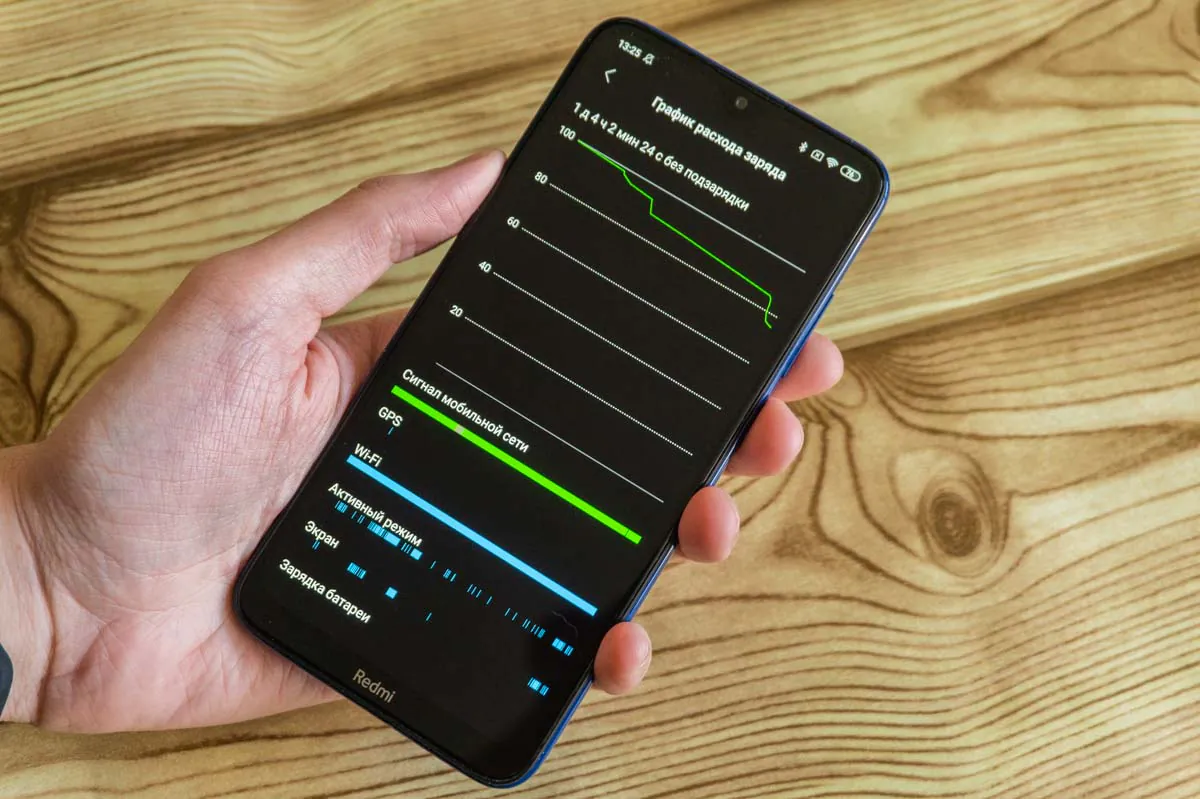
Unfortunately, even the approximate time of the screen activity in my case will not matter much, since I could not even use mobile communications (there is no SIM slot in the sample). And PCMark Work 2.0 test also failed. But Redmi 8 will work for a long time, have no doubt.
In addition, it can be charged through a modern Type-C port, and the unit is supported with power up to 18 watts. Although in the kit you get a 10-watt charger, but nonetheless.
Sound and communication
The speaker at the bottom end is capable of loudly reproducing audio. I was surprised to find out that it’s also really good. Yes, it is far from the level of expensive flagships, but for a budget phone has adequate sound with minimal distortion even at high volume.
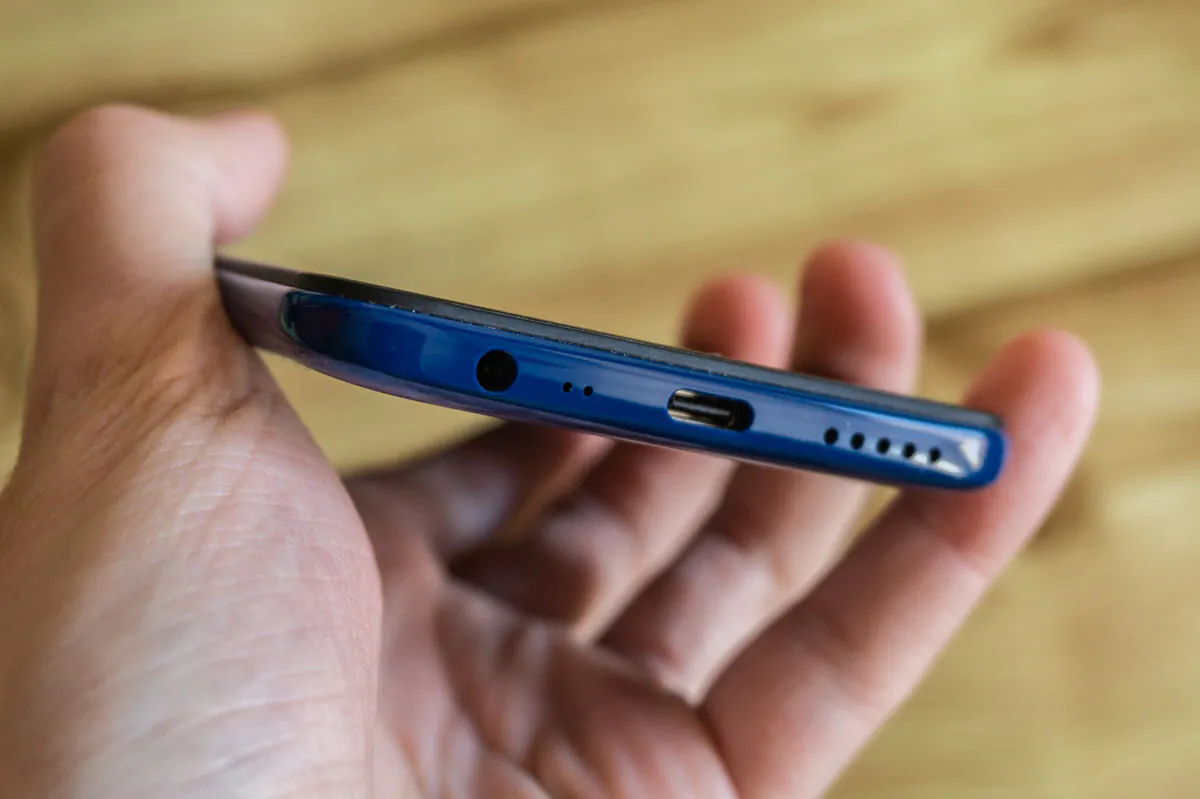
In wireless headphones, everything is fine, but there is not enough volume. On a noisy street or in the subway it may not be enough. For wired headphones, you can apply the built-in equalizer settings and one of the ready-made presets. The sound is not bad, the volume margin is good.
Redmi 8 has a single-band Wi-Fi 4 module (802.11 b/g/n) installed – it’s a pity that there is no 5 GHz support, but it functions properly. There is Bluetooth, not the latest version – 4.2 (A2DP, LE) and the usual GPS (A-GPS, GLONASS, BDS, GALILEO). The infrared port is already a classic element of Xiaomi smartphones. Contactless payments with this smartphone are not possible due to the lack of an NFC module.
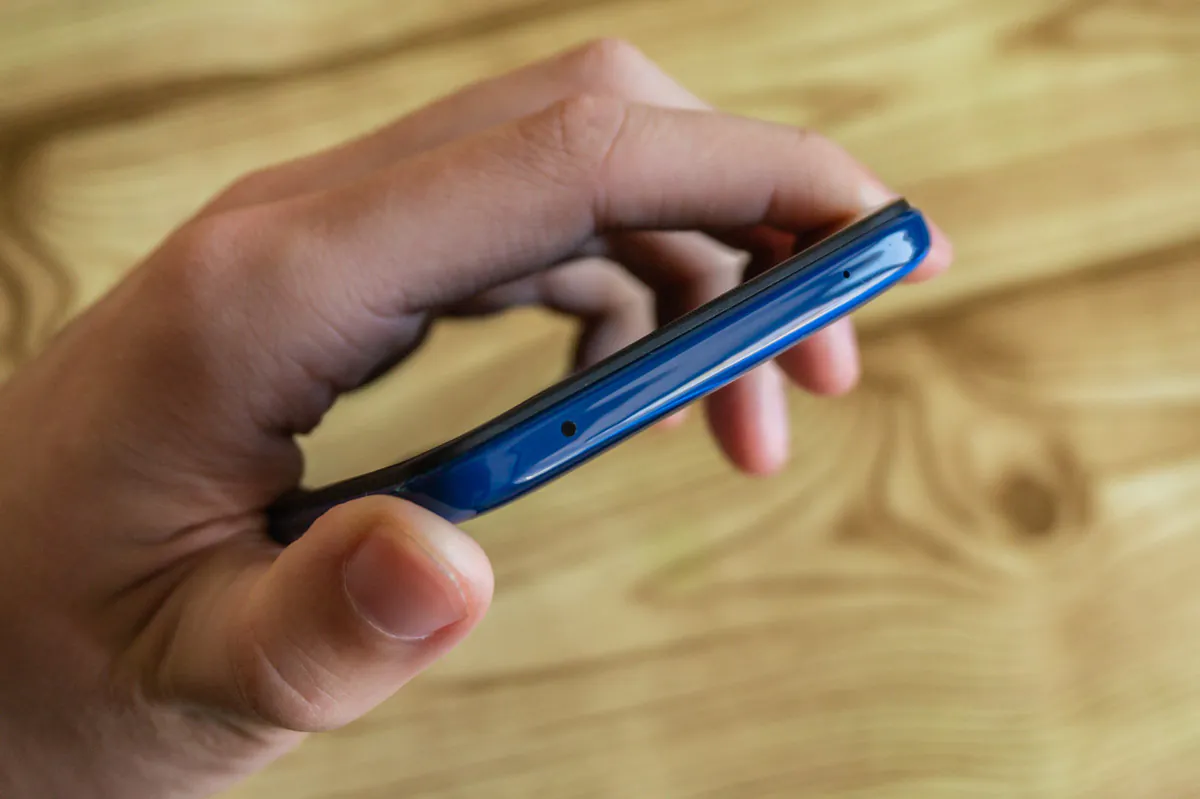
Firmware and software
The smartphone has Android 9.0 Pie OS installed with the usual Xiaomi shell – MIUI 10. Much has been said about it, so again I will not describe it in detail. I will note “Speaker cleaning” option in the settings, which turns on a certain sound signal that supposedly “pushes out” some moisture. I do not know how effective this method is, but it is here.If you want to learn more about the MIUI shell, see and read other reviews of Xiaomi smartphones.
Verdict
Redmi 8 is a hard-working smartphone, in which the main emphasis is not on power, but on the duration of work. The design is not as dull as we got used to, and the screen has become better, although the resolution has not changed. The battery life has clearly grown, and the current Type-C port is now used for charging.
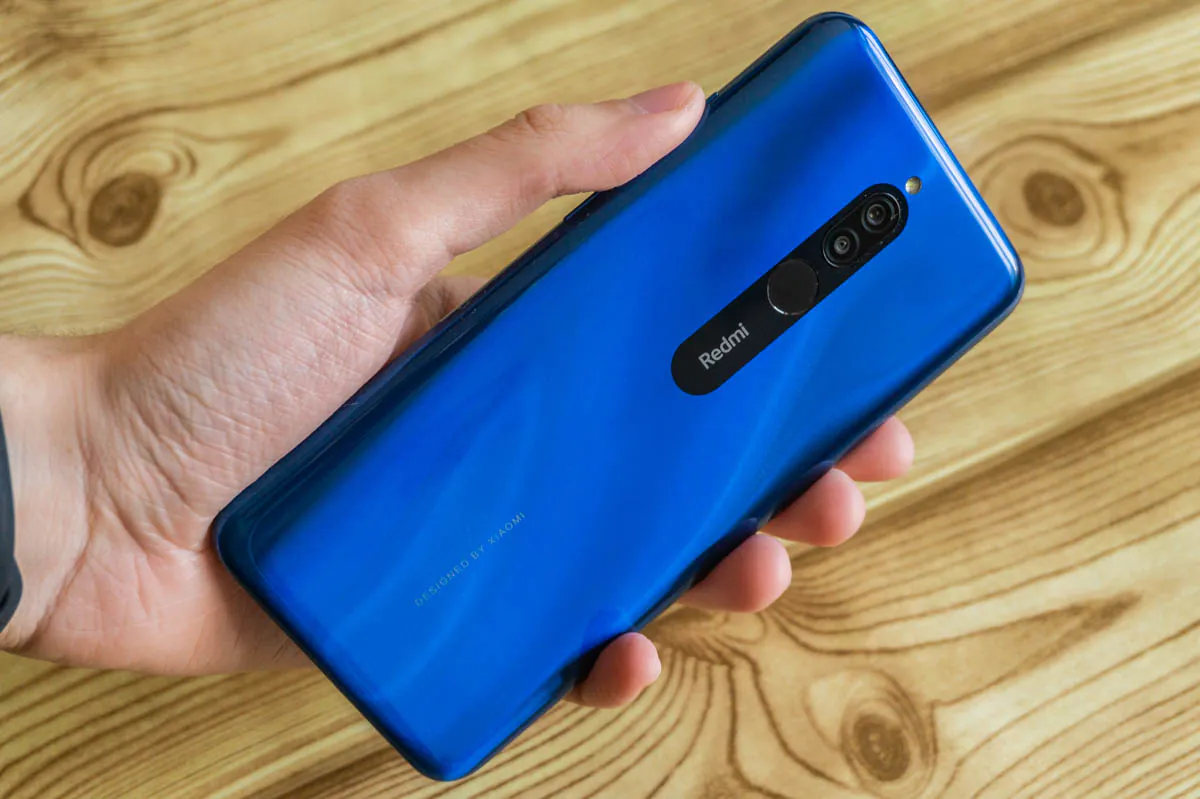
Upgrading to Redmi 8 from Redmi 7 does not make much sense, in some ways you will even get a small downgrade. But from the old generations of Redmi it’s possible. If you are looking for a budget smartphone and do not plan to play heavy games on it or take a lot of pictures, then Redmi 8 is a good choice. In other cases, it is most likely worth looking at Redmi Note 7 or higher.

Where to buy
- AliExpress
- GearBest
- GeekBuying
Subscribe to our accounts:



